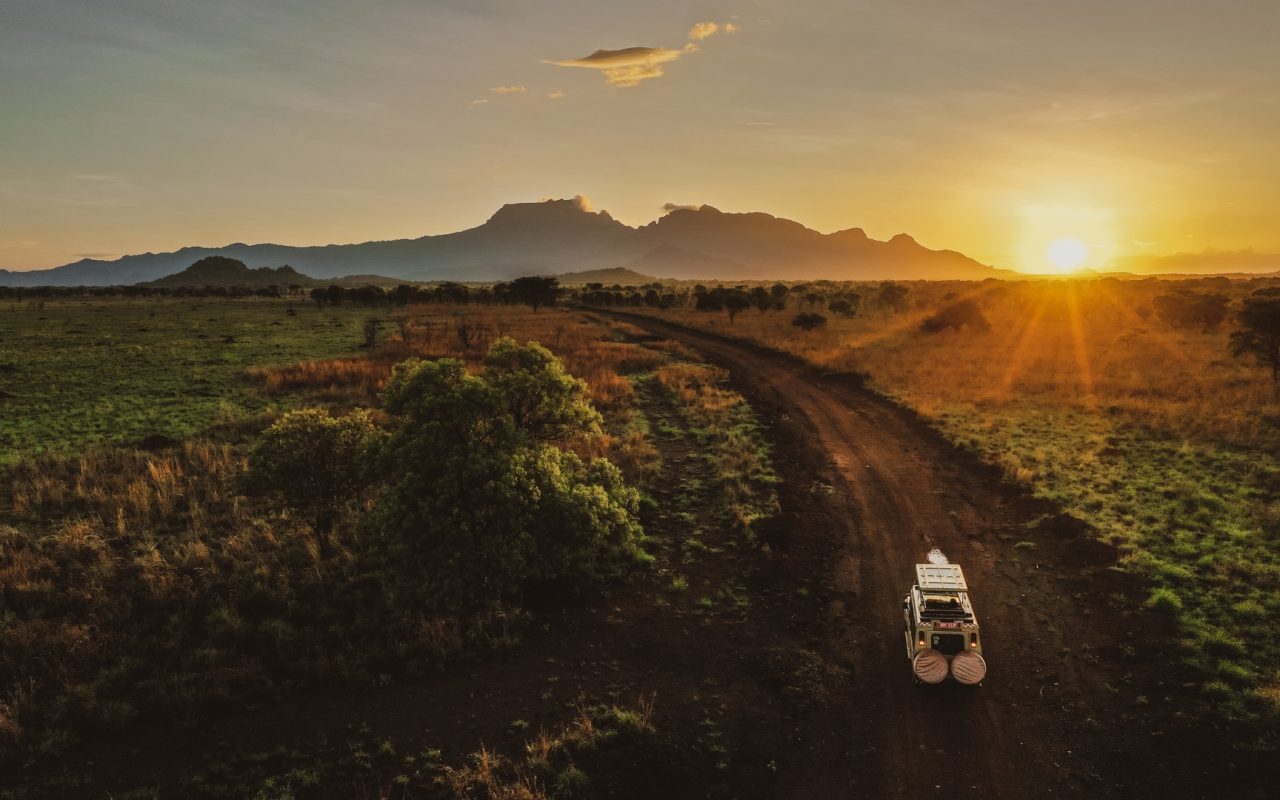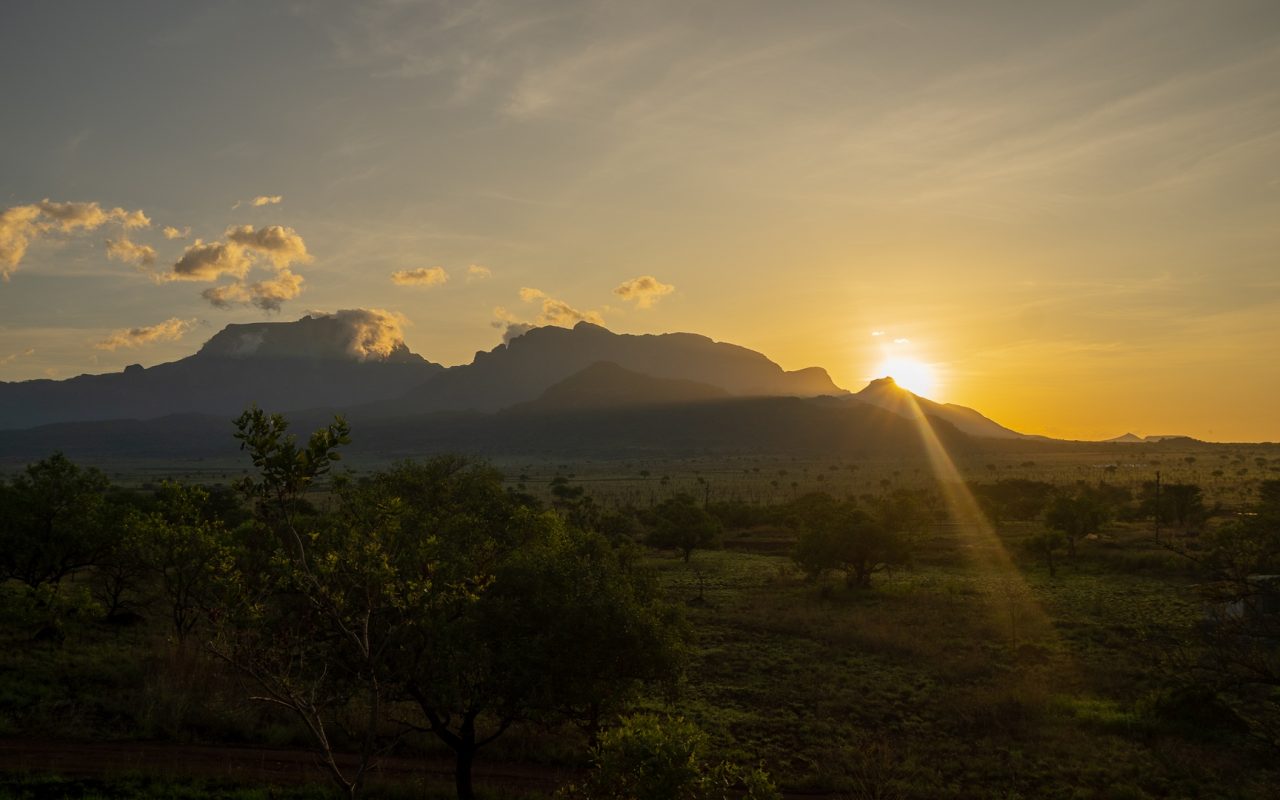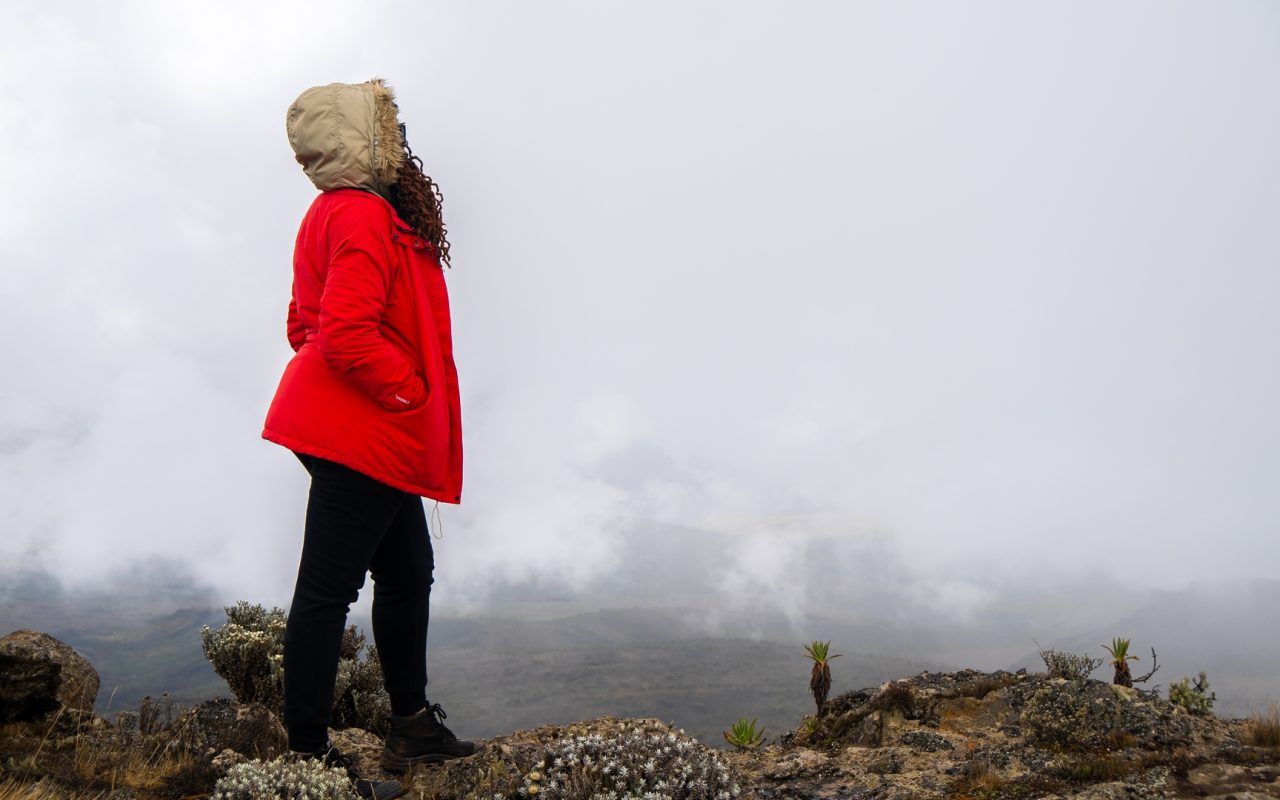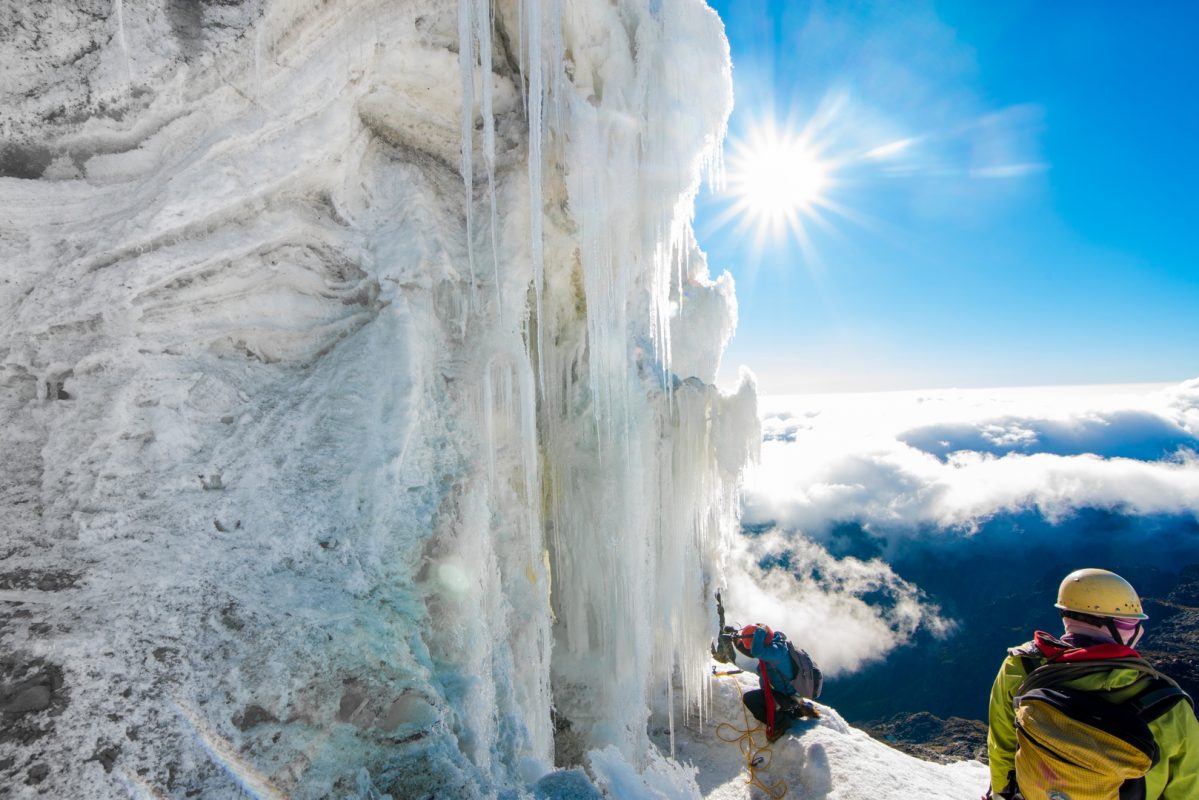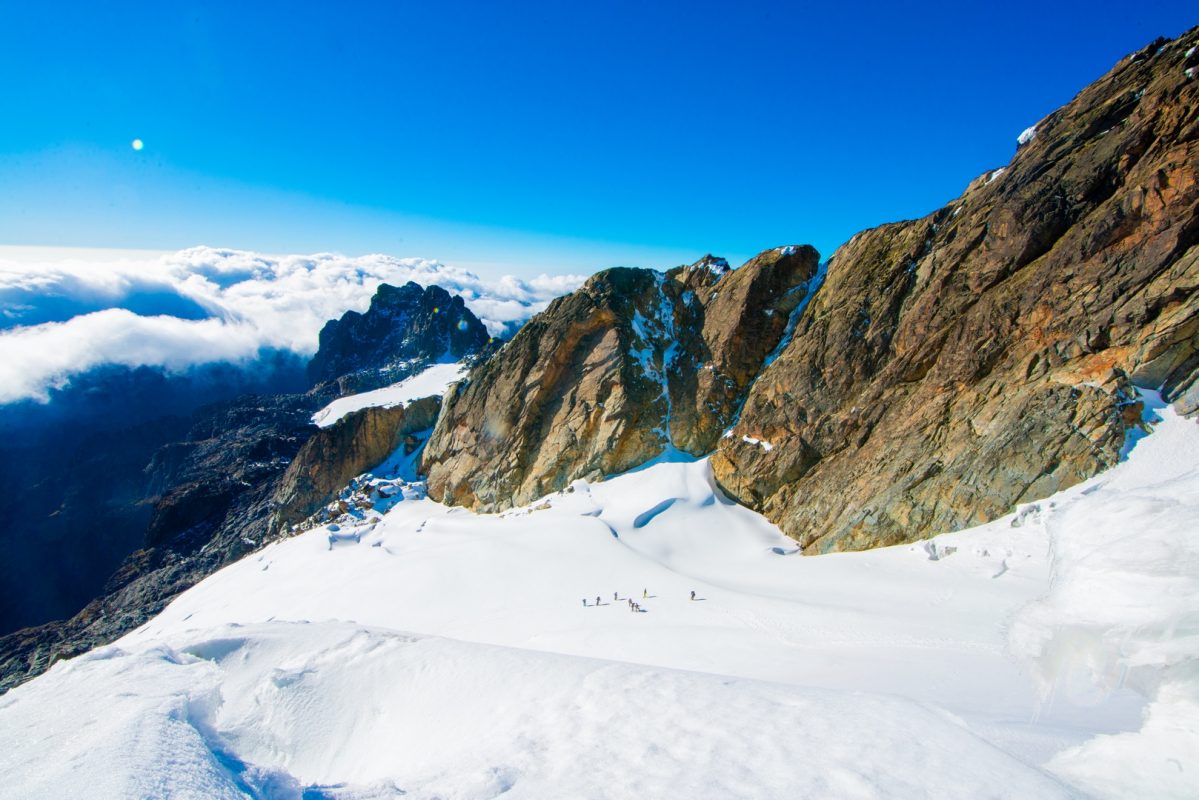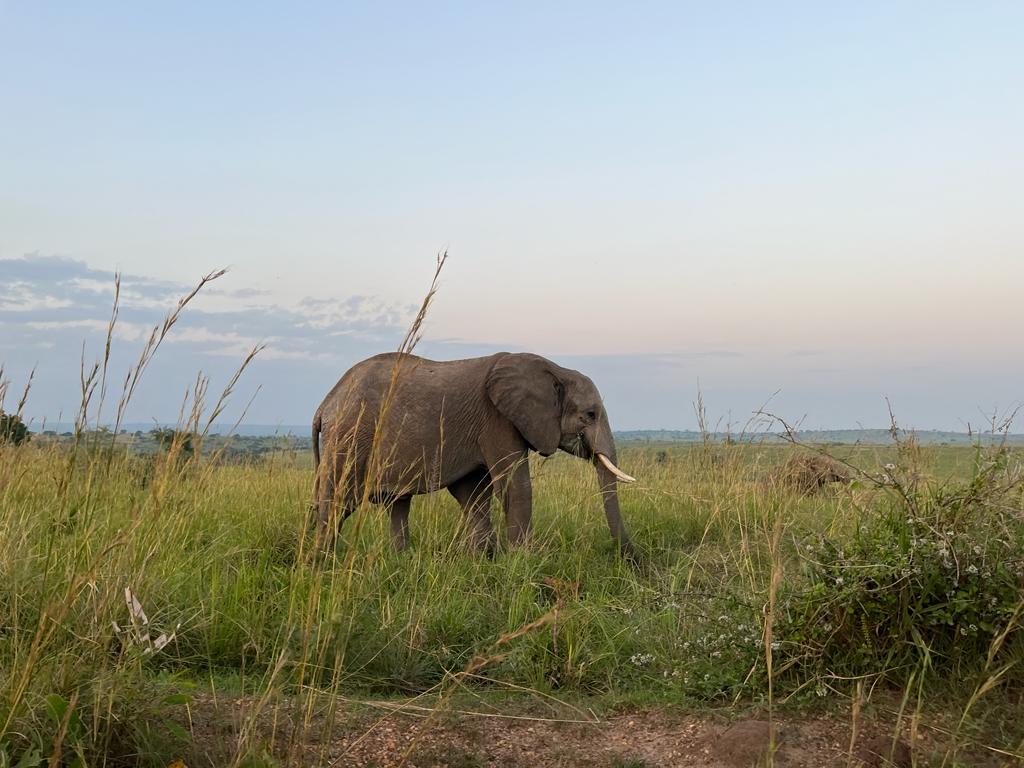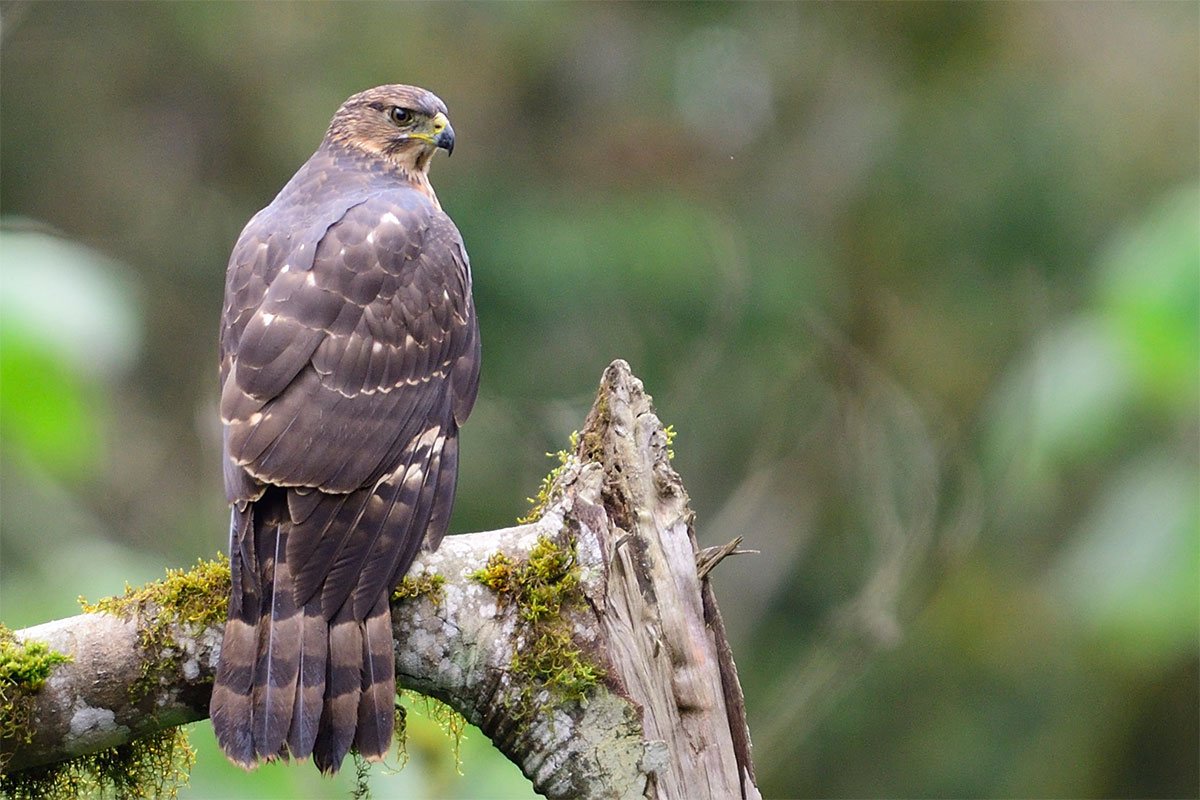THE 15 BEST Things to Do in Mount Kilimanjaro National Park – 2024/2025 (with Photos & Video).
THE 15 BEST Things to Do in Mount Kilimanjaro National Park – 2024/2025 (with Photos & Video). All You Need to Know about Mount Kilimanjaro National Park BEFORE You Go, Facts, Size, Height, Culture, and Attractions.
Mount Kilimanjaro National Park is a protected area surrounding Mount Kilimanjaro, the tallest mountain in Africa. The park is located in Tanzania and was established in 1977. Mount Kilimanjaro is a dormant stratovolcano and is known for its stunning ice cap, glaciers, and diverse ecosystems.
It is home to Mount Kilimanjaro, which stands at 5,895 meters (19,341 feet) above sea level. It is the highest peak in Africa and attracts climbers and trekkers from around the world. There are several climbing routes to the summit of Kilimanjaro, each offering a unique experience and varying levels of difficulty. Popular routes include the Marangu Route, Machame Route, Lemosho Route, and the Rongai Route.
Mount Kilimanjaro National Park encompasses diverse ecosystems due to its varying altitudes. The lower slopes are covered by rainforests, followed by heath and moorland zones, and finally, the alpine desert and summit areas.
It is home to a variety of plant and animal species. The lower slopes support a rich diversity of wildlife, including elephants, buffalo, and antelope. The upper slopes are characterized by unique plant life adapted to the harsh alpine conditions.
Where is Mount Kilimanjaro National Park Located?
Mount Kilimanjaro National Park is located in Tanzania, East Africa. The park surrounds Mount Kilimanjaro, Africa’s highest peak, which is a free-standing volcanic mountain. The geographical coordinates of Mount Kilimanjaro are approximately 3.0674° S latitude and 37.3556° E longitude. The park is easily accessible from the town of Moshi, which is situated to the south of the mountain, and Arusha, a larger city located to the northwest. Moshi is a common starting point for many climbers and trekkers embarking on the journey to reach the summit of Mount Kilimanjaro.
Mount Kilimanjaro National Park Hiking Trails
Mount Kilimanjaro National Park offers several hiking trails, each varying in difficulty, scenery, and duration. These trails lead climbers and trekkers to the summit of Mount Kilimanjaro, Uhuru Peak. Here are some of the main hiking trails on Mount Kilimanjaro:
- Marangu Route (Coca-Cola Route)
- Machame Route (Whiskey Route)
- Lemosho Route
- Rongai Route
- Northern Circuit Route
- Umbwe Route
- Shira Route
Before embarking on a trek up Mount Kilimanjaro, it’s essential to be well-prepared, physically fit, and adequately acclimatized. Climbers often hire experienced guides and porters to assist them during the journey. Additionally, permits are required, and it’s advisable to check current regulations and conditions before planning a trek.
Height of Mount Kilimanjaro
Mount Kilimanjaro stands at 5,895 meters (19,341 feet) above sea level. It is the highest peak in Africa and is a free-standing volcanic mountain located in Tanzania. It’s important to note that the height of mountains can change over time due to geological processes and factors such as glacial melting, but the figure provided here reflects the generally accepted elevation for Mount Kilimanjaro as of my last update.
Size of Mount Kilimanjaro National Park
Mount Kilimanjaro National Park in Tanzania covers an extensive area around Mount Kilimanjaro, including diverse ecosystems and various routes leading to the summit. As of my last knowledge update in January 2022, the total area of Mount Kilimanjaro National Park is approximately 1,688 square kilometers (652 square miles). However, it’s worth noting that the exact size of the park may be subject to change due to management decisions, adjustments to park boundaries, or other factors. For the most current and accurate information, it is advisable to check with official park authorities or reliable sources.
What to Adventure in Mount Kilimanjaro National Park?
Mount Kilimanjaro National Park offers a variety of adventures, attracting outdoor enthusiasts and nature lovers. Here are some key activities and adventures to experience in Mount Kilimanjaro National Park:
- Climbing Mount Kilimanjaro
- Hiking and Trekking
- Wildlife Viewing
- Bird Watching
- Cultural Encounters
- Photography
- Nature and Plant Life
- Glacier Observation
- Star Gazing
Before embarking on any adventure in Mount Kilimanjaro National Park, it’s crucial to be well-prepared, physically fit, and aware of the park’s regulations and guidelines. Many visitors opt to join guided tours to ensure a safe and enjoyable experience.
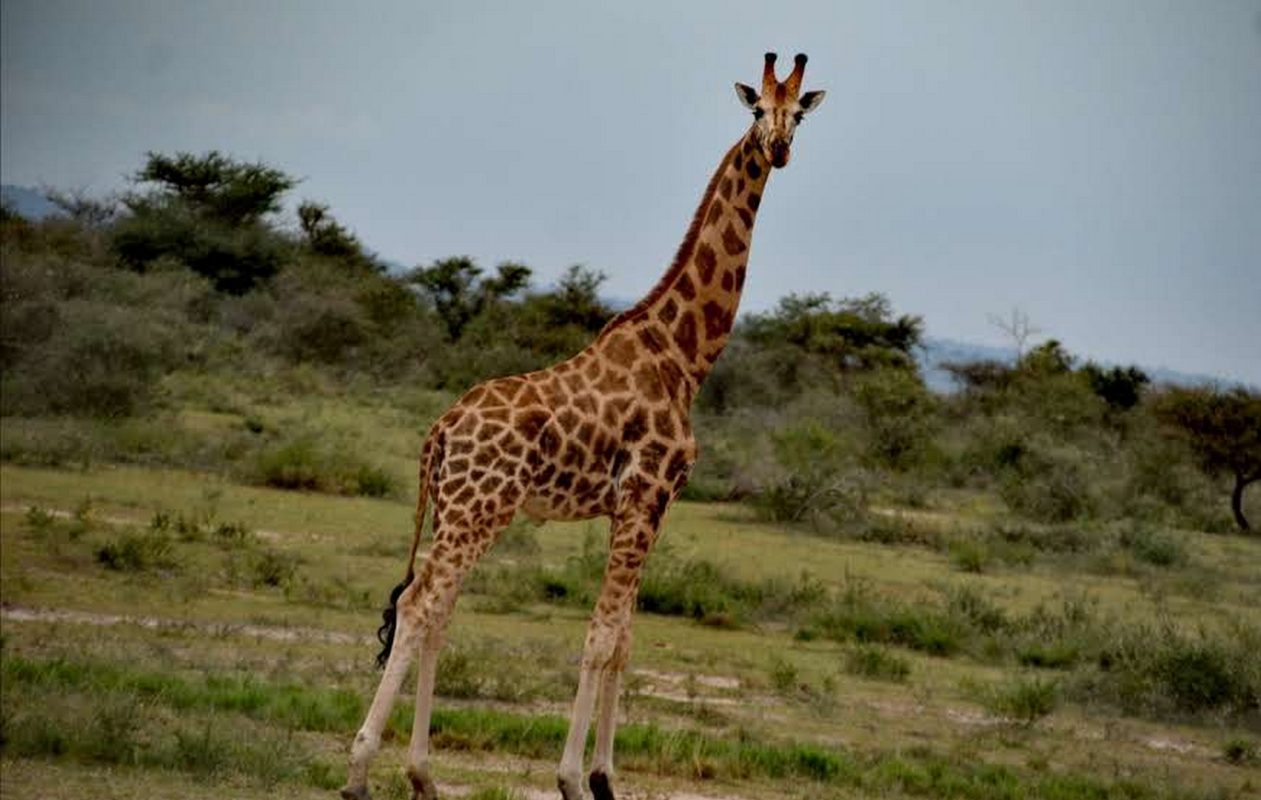
Tanzania Experience Tour
Climbing Mount Kilimanjaro
Climbing Mount Kilimanjaro is a challenging but rewarding adventure that attracts climbers from around the world. Here are some key aspects to consider when planning to climb Mount Kilimanjaro:
Kilimanjaro offers several routes, each with its own characteristics. Common routes include the Marangu, Machame, Lemosho, Rongai, Shira, and Northern Circuit. Research and choose a route that suits your preferences, fitness level, and the amount of time you have for the climb.
Kilimanjaro is a high-altitude mountain, and acclimatization is crucial to avoid altitude sickness. Choose a route that allows for proper acclimatization, with gradual ascent and rest days.
Climbing Kilimanjaro requires a reasonable level of fitness. Regular aerobic exercise, such as hiking, walking, or running, can help prepare your body for the physical demands of the climb.
It’s advisable to consult with Deks Tours, and medical professionals when planning a climb. Always prioritize safety and adhere to the guidelines provided by park authorities.
Hiking and Trekking in Mount Kilimanjaro National Park
Hiking and trekking in Mount Kilimanjaro National Park provide an incredible opportunity to experience diverse landscapes and ecosystems as you ascend the highest peak in Africa.
Mount Kilimanjaro offers various routes, each with its own characteristics, scenery, and difficulty levels. Common routes include Marangu, Machame, Lemosho, Rongai, Shira, and the Northern Circuit. Research and select a route that suits your preferences and fitness level.
Proper acclimatization is crucial to avoid altitude sickness. Choose a route that allows for gradual ascent, includes acclimatization days, and provides enough time for your body to adjust to the high altitude.
While it is possible to trek independently, most hikers opt for guided tours. Experienced guides and support staff can enhance safety, provide valuable information, and assist with logistics.
Hiking Kilimanjaro requires a reasonable level of fitness. Regular aerobic exercise, such as hiking, walking, or stair climbing, can help prepare your body for the physical demands of the trek.
Remember to consult with Deks Tours, and medical professionals when planning your trek. Always prioritize safety, be mindful of your health, and enjoy the breathtaking beauty of Mount Kilimanjaro National Park.
Wildlife Viewing in Mount Kilimanjaro National Park
While Mount Kilimanjaro is primarily renowned for its stunning landscapes and as a challenging trekking destination, the lower slopes of the mountain within the national park do offer opportunities for wildlife viewing. The wildlife becomes more prominent in the rainforest zone, which covers the lower elevations of the mountain.
The black-and-white colobus monkey is a common primate species found in the dense rainforests on the lower slopes of Kilimanjaro. These monkeys are characterized by their grayish-blue fur and are often seen in the forested areas of the mountain.
While not as numerous as in some other Tanzanian parks, elephants are present on the lower slopes of Kilimanjaro, and lucky visitors may catch a glimpse of them.
While the wildlife on Kilimanjaro is not as abundant or diverse as in some dedicated safari parks in Tanzania, the unique setting of encountering wildlife on the slopes of a massive volcanic mountain adds to the overall experience. Wildlife viewing is often a bonus to the primary activity of trekking to the summit. Visitors are advised to maintain a respectful distance from wildlife and follow ethical viewing practices to minimize disturbance to the animals and their habitat.
Bird Watching in Mount Kilimanjaro National Park
Mount Kilimanjaro National Park is home to a diverse array of bird species, offering excellent opportunities for birdwatching, especially in the lower elevation zones such as the rainforest. Bird enthusiasts will find a variety of avian life, ranging from colorful and endemic species to those that migrate through the region. Recognizable by its large size and distinctive facial markings, this hornbill is often seen in the forested areas.
This striking, green and red turaco is endemic to the eastern arc mountains, including Kilimanjaro. Its vibrant colors make it a sought-after species for birdwatchers. A common thrush found in the montane and moorland zones of Kilimanjaro, easily identified by its mottled brown plumage.
Remember to bring binoculars and a field guide to enhance your birdwatching experience. Guided tours often include knowledgeable naturalists who can help identify and provide information about the various bird species in the area. The rich biodiversity of birdlife in Mount Kilimanjaro National Park adds an extra layer of enjoyment for nature enthusiasts visiting the region.
Cultural Encounters in Mount Kilimanjaro National Park
Mount Kilimanjaro National Park not only offers breathtaking natural scenery and wildlife but also provides opportunities for cultural encounters with the local Chaga people, who have a deep connection to the mountain. Take a guided tour to nearby Chaga villages to experience traditional rural life. Engage with local residents, learn about their customs, and observe daily activities.
Learn about the rich cultural heritage of the Chaga people, including their traditional dances, ceremonies, and storytelling. The Chaga have a strong oral tradition that conveys their history and beliefs.
Visit the Chagga Cultural Heritage Center or other local museums that showcase the history, artifacts, and traditions of the Chaga people.
By embracing these cultural encounters, visitors to Mount Kilimanjaro National Park can gain a deeper appreciation for the region’s cultural diversity and establish a meaningful connection with the local communities that call the area home. Additionally, these experiences contribute to sustainable tourism practices that support the well-being of local residents.
Photography in Mount Kilimanjaro National Park
Mount Kilimanjaro National Park offers stunning landscapes, diverse ecosystems, and unique flora and fauna, making it a fantastic destination for photography enthusiasts. Kilimanjaro encompasses various ecological zones, from lush rainforests to alpine deserts. Document the transition from one zone to another, showcasing the diverse landscapes.
Take advantage of the soft, warm light during the golden hours, which occur shortly after sunrise and before sunset. The low angle of the sun enhances the textures and colors of the landscape.
Use wide-angle lenses to capture the vastness of the landscapes, especially when you reach higher altitudes. Panoramic shots can convey the scale and beauty of Kilimanjaro.
While not the primary focus of Kilimanjaro, the lower slopes are home to various wildlife. Be patient and attentive to capture shots of animals such as colobus monkeys, birds, and other species you may encounter.
Remember to enjoy the experience while capturing moments on camera. Whether you’re an amateur or professional photographer, Mount Kilimanjaro National Park provides a wealth of opportunities for creating visually stunning and meaningful images.
Nature and Plant Life of Mount Kilimanjaro National Park
Mount Kilimanjaro National Park is known for its diverse ecosystems, each characterized by unique plant life as you ascend from the lower slopes to the summit. This lower zone consists of cultivated land and villages. You may find crops such as coffee, bananas, and other agricultural products.
The rainforest zone is characterized by lush vegetation, including tall trees, ferns, mosses, and a variety of plant species. Common trees include camphor, strangler fig, and East African yellowwood. The rainforest is home to wildlife such as colobus monkeys, blue monkeys, and various bird species.
Throughout these zones, you will encounter a variety of plant life, including unique and endemic species that have adapted to the specific conditions of each ecological zone. The changes in vegetation as you ascend Kilimanjaro provide a fascinating journey through different ecosystems, adding to the allure of the climb.
Conservation efforts are crucial to protect the delicate ecosystems of Mount Kilimanjaro. Visitors are encouraged to adhere to park regulations, stay on designated trails, and practice responsible tourism to minimize environmental impact.
Glacier Observation in Mount Kilimanjaro National Park
Mount Kilimanjaro, though located near the equator, is known for its glaciers and ice cap, although these ice features have been diminishing over the years due to climate change. As of my last knowledge update in January 2022, there were several glaciers on Kilimanjaro’s summit. The main glaciers on Kilimanjaro include the Northern Icefield, the Southern Icefield, and the Furtwängler Glacier. These ice features are located on the upper reaches of the mountain.
Over the past century, Kilimanjaro’s glaciers have been receding due to a combination of factors, including rising temperatures and changes in precipitation patterns. The rate of glacial retreat has accelerated in recent decades.
Uhuru Peak, the highest point on Kilimanjaro, is often capped with a layer of ice and snow. Climbers reaching the summit may observe the glaciers and the ice cap, providing a stunning backdrop to the panoramic views.
The glaciers on Kilimanjaro have been the subject of scientific research and monitoring to assess their current status and understand the implications of climate change. Glaciologists and researchers have been studying the dynamics of the ice on the mountain.
The status of Kilimanjaro’s glaciers is subject to change, and ongoing monitoring and research are crucial for understanding the impact of climate change on this iconic African peak. If you plan to climb Kilimanjaro and are interested in observing the glaciers, it’s advisable to check for the latest information from reliable sources or local authorities.
Star Gazing in Mount Kilimanjaro National Park
Mount Kilimanjaro, with its high elevation and remote location, provides an excellent environment for star gazing. While trekking or camping at higher altitudes, especially during clear nights, you can experience exceptional visibility of the night sky. The lack of light pollution in the remote areas around Kilimanjaro enhances the stargazing experience.
Learn about the prominent constellations visible in the Southern Hemisphere. Familiarize yourself with the patterns of stars and the stories behind the constellations for a richer stargazing experience.
Consider using astronomy apps on your smartphone or tablet to help identify stars, planets, and constellations. These apps can provide real-time information based on your location. While not necessary, bringing binoculars or a small telescope can enhance your ability to observe celestial objects in more detail. This is particularly true for observing the moon and planets.
Remember that the conditions for stargazing can vary based on weather and atmospheric conditions. Cloud cover can obstruct the view, so it’s beneficial to choose clear nights for your stargazing activities. Taking the time to appreciate the vastness of the night sky from the slopes of Kilimanjaro can be a truly memorable and awe-inspiring experience.
A List of Safari Lodges in Mount Kilimanjaro National Park
Mount Kilimanjaro National Park is not typically known for safari lodges, as it is primarily renowned for its trekking routes and the ascent to the summit of Mount Kilimanjaro. However, there are several lodges and accommodations in the nearby towns and villages that serve as base points for those exploring the national park.
Arusha
- Arusha Coffee Lodge
- Mount Meru Hotel
- Arusha Serena Hotel
Moshi
- Keys Hotel
- Kilimanjaro Wonders Hotel
- Parkview Inn
Karatu
- Gibb’s Farm
- Ngorongoro Farm House
- Plantation Lodge
Lake Manyara Area
- Lake Manyara Serena Safari Lodge
- Manyara Wildlife Safari Camp
- Escarpment Luxury Lodge
Tarangire National Park Area
- Tarangire Treetops
- Tarangire Safari Lodge
- Oliver’s Camp
It’s important to note that these lodges are not within Kilimanjaro National Park itself but are situated in nearby towns or areas commonly used as bases for treks to the mountain or as starting points for safaris in northern Tanzania. Before planning your stay, consider the location that best suits your travel itinerary, whether it’s exploring Kilimanjaro, nearby wildlife areas, or both. Additionally, availability and offerings may change, so it’s advisable to check with the accommodations directly or through reputable travel agencies for the most up-to-date information.
How to Get to Mount Kilimanjaro National Park?
Getting to Kilimanjaro National Park typically involves arriving in the nearby towns of Arusha or Moshi, as these serve as the primary gateways for those planning to climb Mount Kilimanjaro.
- International Flight to Kilimanjaro International Airport (JRO)
- Arrival in Arusha or Moshi
- Alternative Airports
- Ground Transportation
- Trek Arrangements
- Safari Extensions
- Visa and Entry Requirements
- Internal Flights
Always check the latest travel requirements, visa regulations, and transportation options, as they may be subject to change. It’s advisable to coordinate with Deks Tours to facilitate your journey and ensure a smooth transition to Mount Kilimanjaro National Park.
Luxury Africa Tours & Holidays – Deks Safaris and Tours Ltd
- 6 Days Uganda Kenya Tour
- 7 Days Rwanda Uganda Tour
- 8 Days Kenya Uganda Luxury Safari
- 8 Days Kenya Uganda Tour
- 9 Days Kenya Uganda Safari
- 10 Days Kenya Uganda Safari
- 10 Days Uganda Kenya Tanzania Safari
- 10 Days Rwanda Kenya Tanzania Safari
- 11 Days Kenya Uganda Rwanda Safari
- 11 Days Kenya Uganda Safari
- 11 Days Uganda Kenya Zanzibar Safari
- 11 Days Rwanda Kenya Safari
- 12 Day Kenya Uganda Rwanda Safari
- 13 Days Uganda Kenya Tanzania Safari
- 14 Days Across Africa Safari
- 14 Days Rwanda Tanzania Safari
- 15 Days Kenya Rwanda Tour
- 16 Days Kenya Uganda Safari

